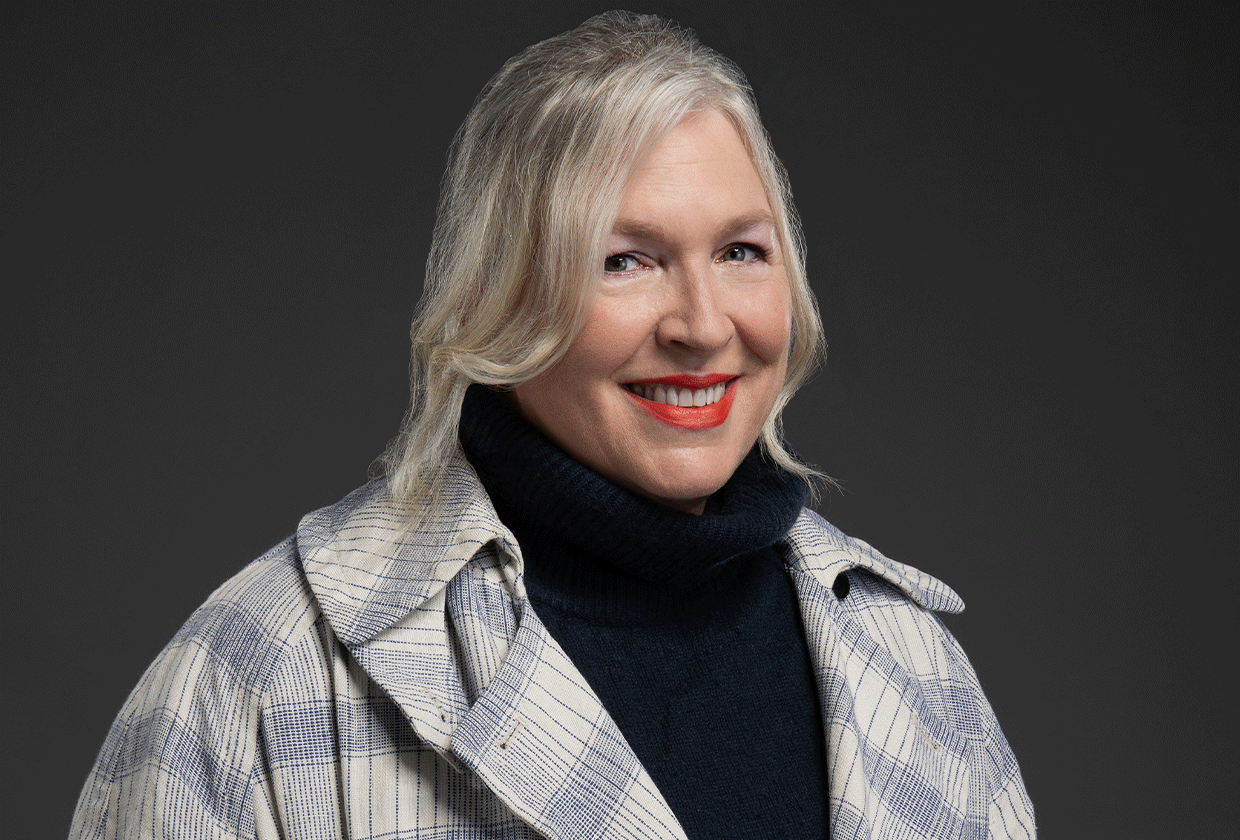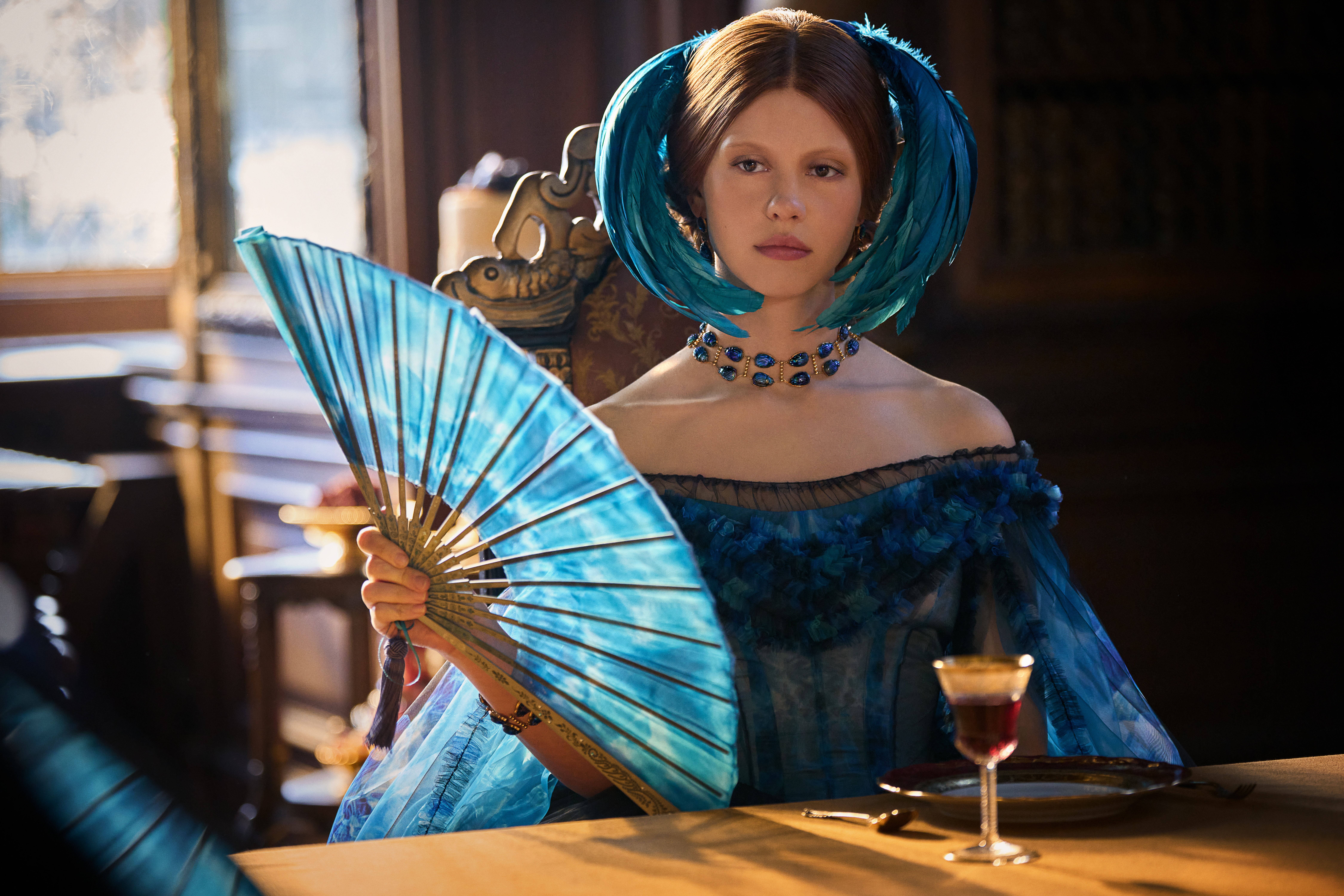How the Frankenstein Costume Designer Brought the Film to Life

Welcome to The Who What Wear Podcast. Think of it as your direct line to the designers, stylists, beauty experts, editors, and tastemakers who are shaping the fashion-and-beauty world. Subscribe to The Who What Wear Podcast on Apple Podcasts and Spotify.
For Frankenstein costume designer Kate Hawley, meeting Guillermo del Toro while working on a project in New Zealand was meant to be. "He'd basically just looked at all my books, and I had this wonderful collection of horrors," Hawley said. "He just said, 'We can communicate. We understand each other. We have the same books. We can work together.'" And the rest is history.
Since that chance encounter, Hawley has worked with del Toro on everything from Pacific Rim to Crimson Peak. Now, Hawley is collaborating with del Toro again with his take on Frankenstein for Netflix.
On the latest episode of The Who What Wear Podcast, Hawley shares what it was like meeting del Toro for the first time, the role color plays in designing the costumes for the film, and more. For excerpts from their conversation, scroll below.
I'd love to hear a little bit about how you guys first connected.
He was in New Zealand, and he was having meetings with Peter Jackson about The Hobbit. Peter [Jackson] had me sort of scuttled in the corridor somewhere. I was sort of like Miss Havisham working there on another project. Peter [Jackson] walked in, and behind him was Guillermo [del Toro]. They just stood around and chatted, and we were talking about work, and Guillermo [del Toro] looked at my bookshelf, and it's one moment that really sat with me.
It wasn't about me showing my work or trying to sort of do a tap dance around that. He'd basically just looked at all my books, and I had this wonderful collection of horrors. He just said, "We can communicate. We understand each other. We have the same books. We can work together." That was the biggest takeaway from that.
Of course, I collapsed in a corner and went, "Oh my God, I've just met my hero." But it was about communication and understanding language.
I think that's been with us the thing that binds all of us with Guillermo [del Toro]—all of us as collaborators that work with him and have had the great fortune and joy to work with him more than once—it's sharing that common language and building on that.

I'd love to hear from your perspective a little bit of the evolution of the color. At first, we see her [Elizabeth] in that kind of bluish green dress. Then in the second scene that we see her and she has the red umbrella and she has the yellow scarf, which I thought was really so striking. When you were adding in these other colors, how did that come about?
It came back to the images of beetles, glass, iridescence, going back to Favrile glass and Louis Comfort Tiffany, but particularly the beetles in that. Because she was ephemeral and represents all these fleeting images of women, it was also about metamorphosis. The colors keep changing.
In fact, one of the fabrics that we developed—which was based on skin cells, blood cells—then became malachite, which we had around. When you enlarge them, they sort of take on sort of beetle-like patterns. It was the same with the little jacket in the cell.
When I looked at how Guillermo [del Toro] and Dan [Laustsen], our wonderful cinematographer, were framing everything, there's these wide shots and then you sort of dive into the closeups and you see that in the creation of the creature himself. There's a huge crucifixion, and then we're right inside the creature.
It felt like we needed to magnify those elements of textures, and that's the same scale that you see on beetles, and that they're actually quite large patterns.

I would love to talk a little bit, too, about her bridal look. I'd love to hear about the design process, specifically for how you landed on this look, and how did you guys decide that this was going to be it?
It's always being aware of what your collaborators are doing. Every week, I'll catch up with Dan [Laustsen]—or daily, even—and with Tamara [Deverell] and her world. I saw what she was doing with Guillermo, developing the cell for the creature, which was like a ribcage.
When we see the creature pick up his first piece of clothing off the forest floor, it's a dead man's coat. He's wearing the memories and the imprint of a dead man essentially on him. It's like a flayed skin.
When we're in the second part of the story, we're seeing the creature's story, and Elizabeth is seeing through his eyes.
She starts to echo the creature in that world. I worked from the inside out, so this dress literally became the skeleton as an exoskeleton and played with traditional historical garments at the time.

This interview has been edited and condensed for clarity.